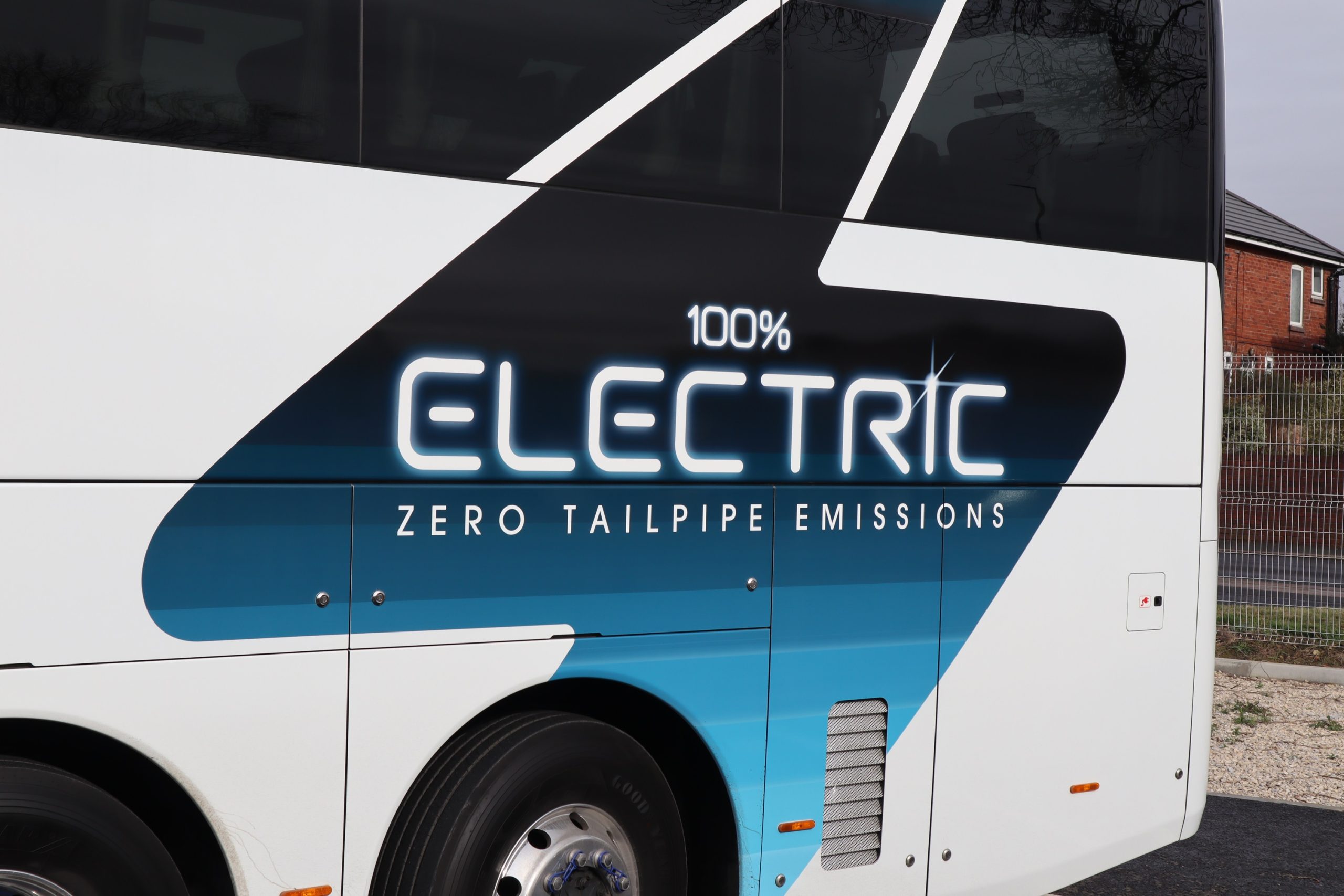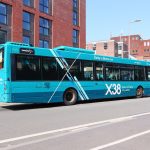Journey modelling tools and suitably located, shared and robust charging infrastructure are both needed for SME operators to have confidence in taking battery-electric coaches in any volume, a business involved in the recent second round of the Scottish Zero Emission Bus challenge fund (ScotZEB2) has said.
Andrew Luckett, Director of consultancy BluMarbl and a member of the Luckett family that formerly owned Lucketts Travel of Fareham, undertook analysis of coach journey profiles at several small- and medium-sized operators in Scotland as part of a successful ScotZEB2 bid by a consortium led by Zenobē. Six coach companies will now benefit from that funding.
Meanwhile, similar modelling within the wider UK coach industry will develop over the summer. Work already done by BluMarbl in partnership with the Confederation of Passenger Transport (CPT) for a response to a call for evidence on infrastructure needs for zero-emission coaches is being expanded.
The 30 million kilometres considered previously will grow to 80 million drawn from 20 operators. The earlier analysis showed that existing battery-electric technology can cover 65% of coach journeys under 280 miles, although it demonstrated that only 45% of all coach journeys would work via reliance on depot charging. Infrastructure at service stations and attractions could boost that coverage to 75%, BluMarbl found.
Home-to-school also in scope for battery-electric coaches?
A finely modelled approach could also allow zero-emission coaches to be deployed on home-to-school services when suitable other duties outside of those times exist to allow costs to be spread, Mr Luckett says.
To that end, BluMarbl in collaboration with a coach operator and a local authority submitted a proposal to the Department for Transport earlier in 2024 seeking financial support in making a pilot happen.
The supplier’s platform allows battery-electric coach usage to be maximised and Mr Luckett says that in the home-to-school case, key to making costs stack up is the number of other journeys such a vehicle could undertake.
Staggering school start and finish times could also be a powerful tool in enabling education services to make the shift by upping utilisation, he adds. “The saving on electric versus diesel is in the energy used, so when coach mileages are low it will not come together financially. Battery-electric vehicles need to be worked hard.”

Derisking proposition for pilot operator is imperative
The pitch to government for support is about “derisking the proposition for the operator,” Mr Luckett continues. But an aspiration is that the home-to-school shift could be commercial after the pilot.
“The idea is that the contractor would be paid a ‘diesel’ price but purchase cheap electricity. It is reliant on the local authority having access to that low-cost power, but we have an operator and a council ready to go.”
Modelling of battery-electric coaches for ScotZEB2 considered the two Yutong models on the market and various charging strategies. As expected, variation is similar to the CPT work in how well each operator can deploy battery-electric, and analysis demonstrates that notional megawatt charging at service stations (and vehicles capable of accepting it) is a key ingredient for take-up on longer-distance work.
On an individual operator basis, the work shows that in one case using the Yutong GTe14 as a baseline, the business concerned could cover over three-quarters of its journeys with battery-electric utilising depot charging. Another operator could turn over less than half of its journeys and would be reliant on notional megawatt charging in doing so.
ScotZEB2 valuable in fostering adoption of electric coaches
ScotZEB2 will see shared charging infrastructure at successful operators’ depots in both the coach and the bus fields. While Mr Luckett says that approach is important to the viability of battery-electric coaches, he adds that modelling and data collection to define what can be done with those vehicles is just as relevant when operators start to consider electrification.

Modelling must capture various battery replenishment strategies, including depot, motorway service station, and groupings of operators as in ScotZEB2. Mr Luckett queries whether other publicly subsidised charging points in bus depots from earlier funding rounds should be made into shared assets that coaches can use, although accessing shared infrastructure will be a nuanced art.
“Those chargers require many parameters to be defined and held within a booking system, including location, power, driver facilities on site, sphere of availability, and pricing. The owner’s requirements are also in play; a charger cannot be used at the same time by two coaches.”
Nevertheless, work done via ScotZEB2 around zero-emission coach rollout on duties outside the scheduled field has been highly important, says Mr Luckett. “It has brought some SME coach operators in Scotland to the table and given them confidence to invest.
“Previous subsidy rounds have been good, but there was no sharing of infrastructure. Now there is, and coaches can become involved.” While ScotZEB2 bidding was costly for those involved, he is hopeful that the work it has fostered will now generate a commercial return for all parties.



























